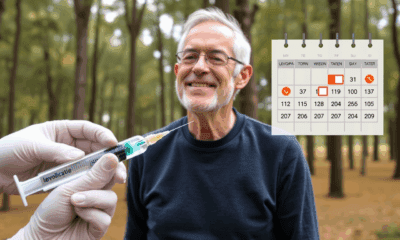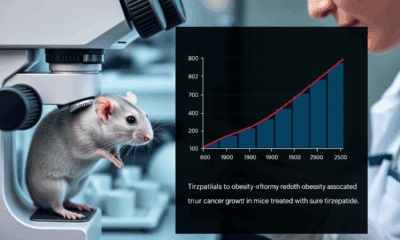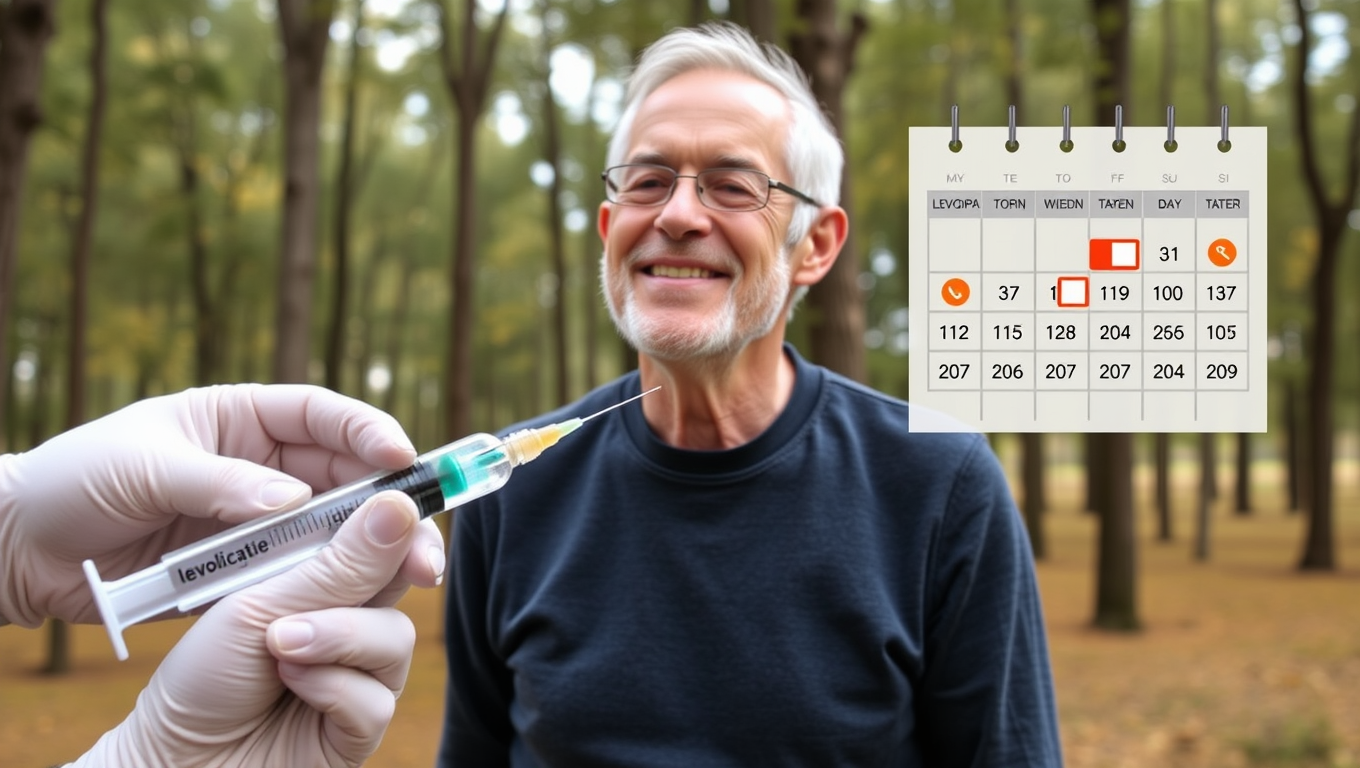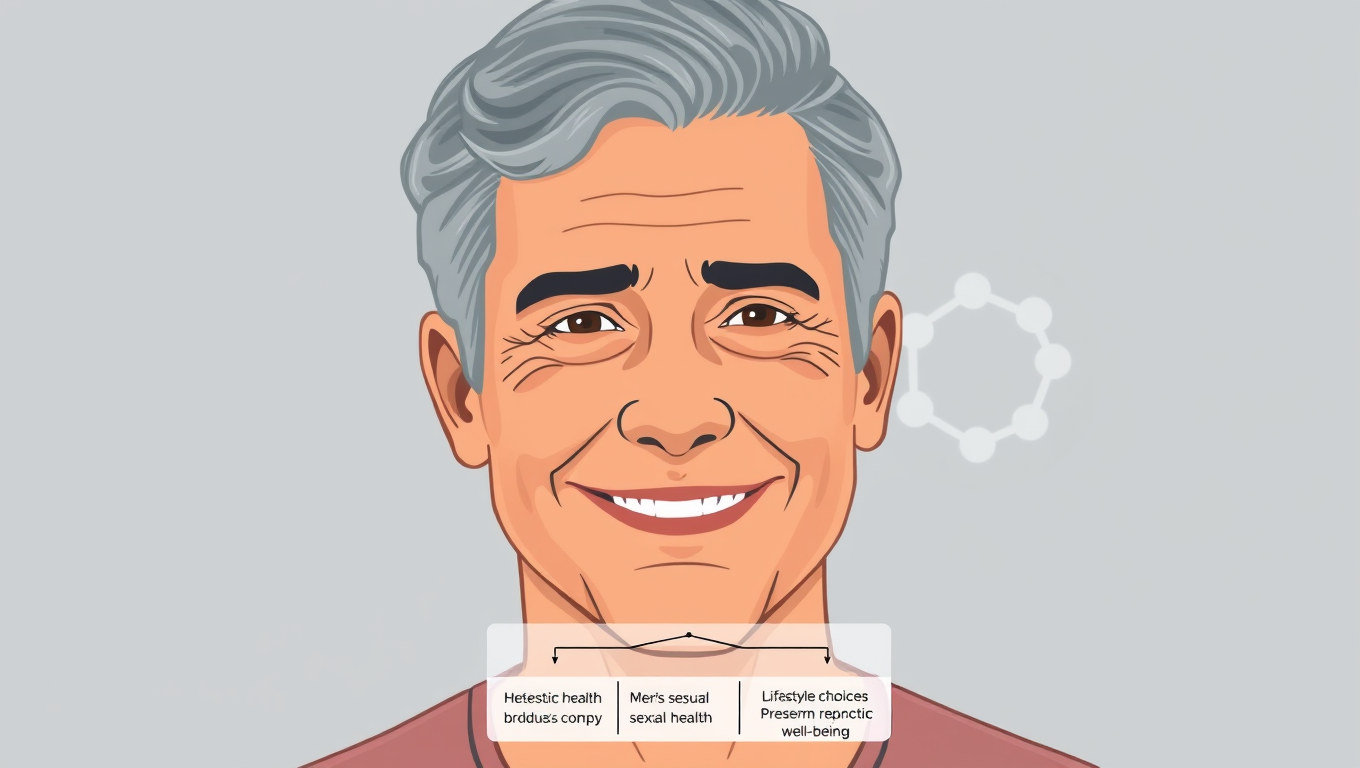While we try to keep things accurate, this content is part of an ongoing experiment and may not always be reliable.
Please double-check important details — we’re not responsible for how the information is used.
Diseases and Conditions
Bubbly Breakthrough: Ultrafine Bubble Showers May Offer New Relief for Atopic Dermatitis Sufferers
A medical research team has confirmed that ultrafine bubble showers significantly suppress inflammation in mice with atopic dermatitis due to external factors.

Diseases and Conditions
Unlocking the Secrets of Zebrafish Hair Cell Regeneration: A Key to Human Hearing Restoration?
Zebrafish can regenerate sensory hair cells that humans permanently lose, like those in the inner ear linked to hearing and balance. New research reveals two specific genes that control how different supporting cells in zebrafish divide and regenerate, offering clues to how mammals might someday tap into similar regenerative powers.
Diabetes
A Breakthrough in Parkinson’s Treatment: One Shot, Seven Days
Researchers in Australia have created a biodegradable gel that delivers Parkinson’s medications through a single weekly shot, replacing the need for multiple daily pills. Injected just under the skin, the gel steadily releases levodopa and carbidopa for seven days, helping keep tremors and stiffness in check while easing side effects linked to fluctuating doses.
Diabetes
The Hidden Threat: How High Blood Sugar Affects Men’s Sexual Health
Aging men aren’t just battling time—they’re up against rising blood sugar. New research reveals that subtle increases in metabolic markers like glucose have more influence on declining sexual health than age or testosterone levels alone. The findings, based on a 6-year study of otherwise healthy men, show that even below-diabetes-level sugar changes can impair sperm mobility and erectile function. But there’s good news: lifestyle choices and medical support could help men maintain reproductive vitality well into older age.
-

 Detectors3 months ago
Detectors3 months agoA New Horizon for Vision: How Gold Nanoparticles May Restore People’s Sight
-

 Earth & Climate4 months ago
Earth & Climate4 months agoRetiring Abroad Can Be Lonely Business
-

 Cancer4 months ago
Cancer4 months agoRevolutionizing Quantum Communication: Direct Connections Between Multiple Processors
-

 Agriculture and Food4 months ago
Agriculture and Food4 months ago“A Sustainable Solution: Researchers Create Hybrid Cheese with 25% Pea Protein”
-

 Diseases and Conditions4 months ago
Diseases and Conditions4 months agoReducing Falls Among Elderly Women with Polypharmacy through Exercise Intervention
-

 Albert Einstein4 months ago
Albert Einstein4 months agoHarnessing Water Waves: A Breakthrough in Controlling Floating Objects
-

 Chemistry4 months ago
Chemistry4 months ago“Unveiling Hidden Patterns: A New Twist on Interference Phenomena”
-

 Earth & Climate4 months ago
Earth & Climate4 months agoHousehold Electricity Three Times More Expensive Than Upcoming ‘Eco-Friendly’ Aviation E-Fuels, Study Reveals





























